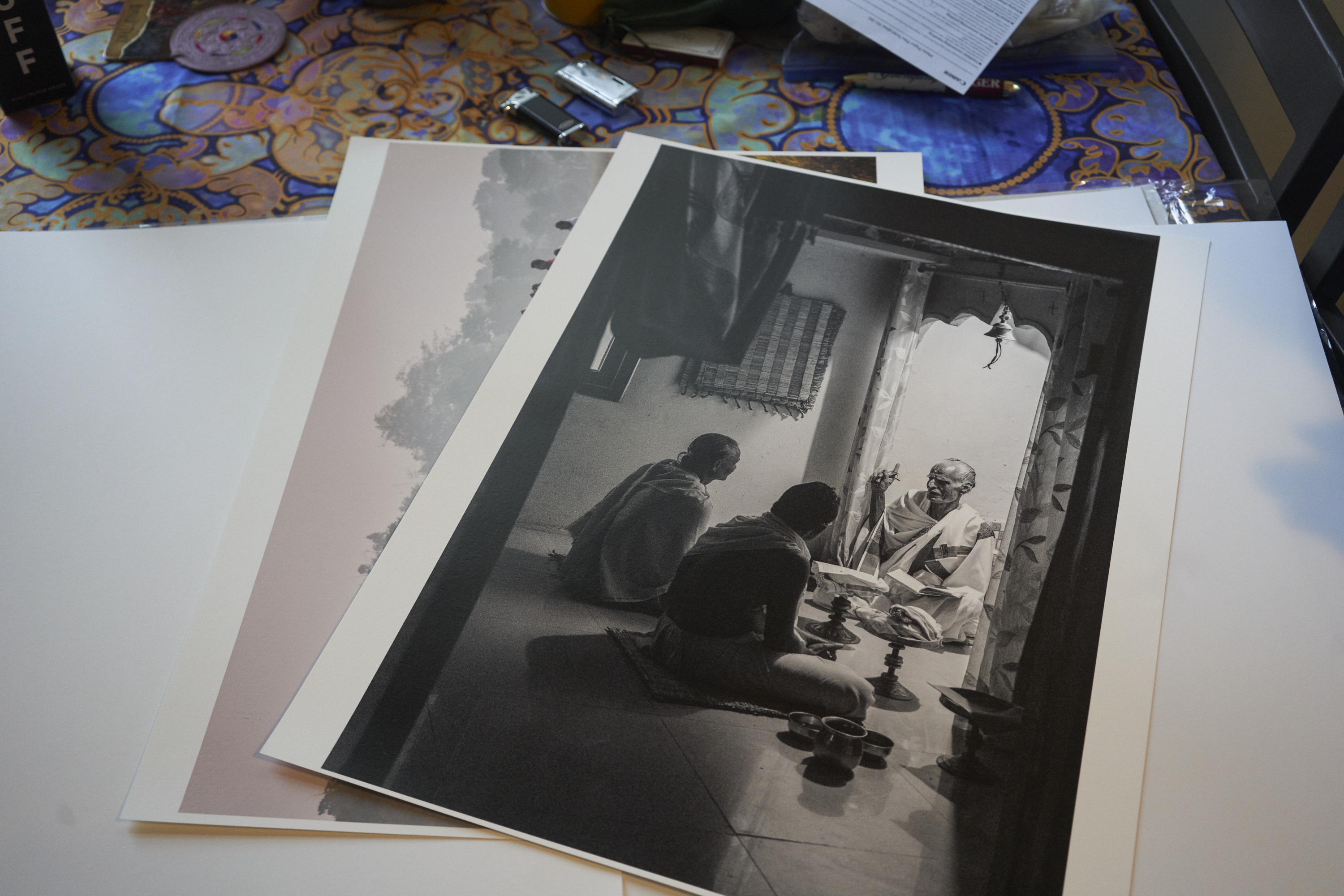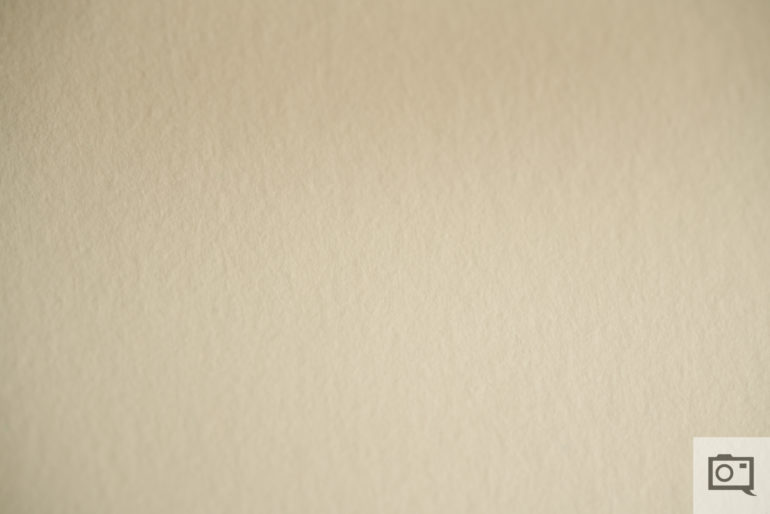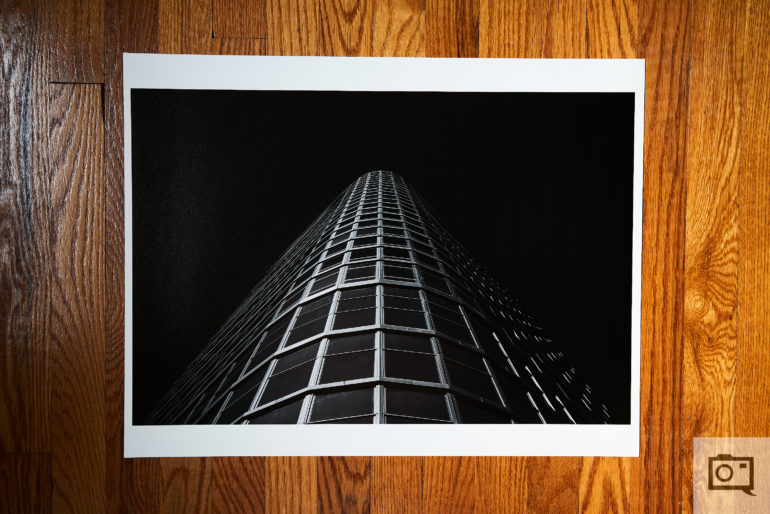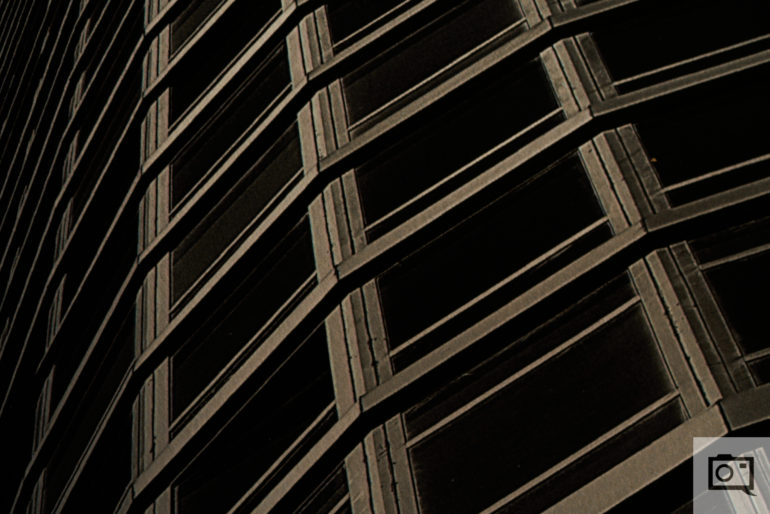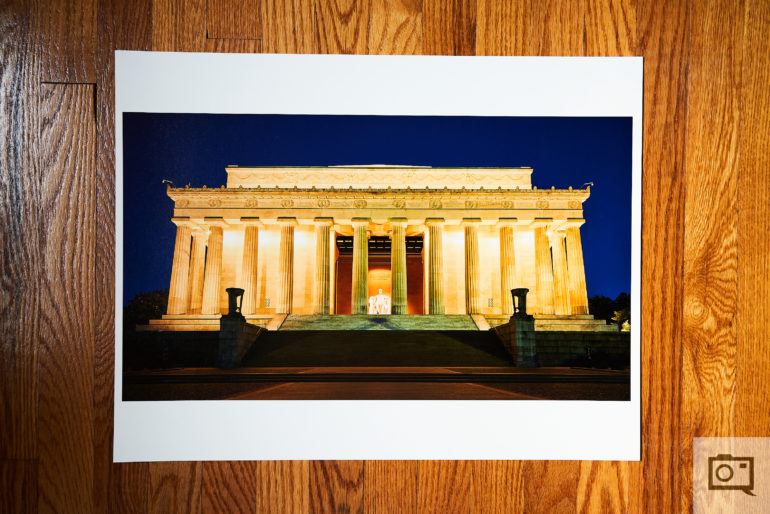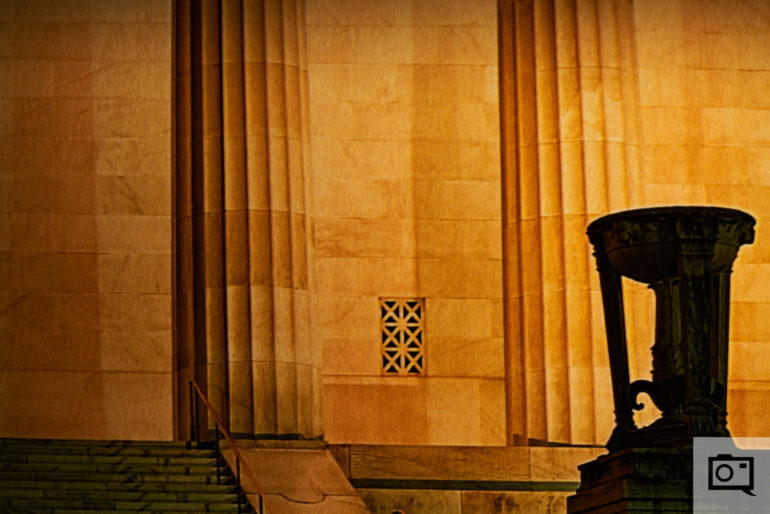Last Updated on 10/14/2019 by Mark Beckenbach
When using MOAB Juniper Baryta Rag, we were shocked at how different it is.
For a long time, I didn’t like much of what MOAB put out in terms of paper. But MOAB Juniper Baryta Rag really changed my mind. It is different from much of the other papers from Red River, Canon, and Epson in a few ways. For starters, this paper has a warmer color while it maintains a white look. MOAB Juniper Baryta Rag is a semi-gloss paper with a contrasty look. As a standard, we tend to use Canon Pro Semi-Gloss papers, but MOAB Juniper Baryta Rag is a pleasing alternative considering that many folks tend to find their printed images look too cold. And so if you’re not calibrating your printer and your screen often, or sharing the profiles with one another, then MOAB Juniper Baryta Rag could save you some extra work in post-production.
Pros and Cons
Pros
- Nice, deep blacks
- Semi gloss
- Contrasty
- Textured
- Comparable to Canon Pro Semi-Gloss
- Fine grain texture
- A warmer paper (if you like that sort of thing)
Cons
- Loses fine detail compared to Canon
- Canon’s Pro Semi-Gloss is more contrasty, crisper, and has a whiter background.
- Who the hell comes up with the idea to name a paper “rag?”
Tech Specs
Taken from the product page:
The new Juniper Baryta Rag 305 is a 100% cotton, true baryta (barium sulfate) fiber paper that offers the density of a traditional darkroom FB-type paper to hold detail in the deep blacks of the shadow regions, while producing natural white highlights that’s enhanced with a slight fiber glossy surface texture.
This double weight coated inkjet fine art paper embraces the unique charm of silver halide by using state-of-the-art coating technology to bring a new method to an old tradition.
Among the majestic buttes and mesas of Canyonlands stands the fibrous Juniper Tree, adding detail, color and contrast to the landscape that gave us inspiration for our new Baryta Rag.
This new family of paper expands on the range of Moab’s premium 100% cotton papers made in the USA such as the renowned Entrada Rag family.
Features
When you look at MOAB Juniper Baryta Rag from a normal viewing distance, you won’t be able to tell the texture of the paper. In these two macro photos, you will note that the paper is basically like a semi-course semi-gloss paper. Photographers haven’t seen much like this. It also means that when lit properly, the paper will deliver somewhat of a rougher look. This lends itself well to black and white printing.
Ease of Use
In order to show a bit more of how this all looks, here is an image you can fully see. In a real-life experience, this is the normal viewing distance. At a gallery, you may want to get closer to it to inspect its details in the same way one might do with a painting. There is something cathartic to the layers of oil painting with the strokes and all. It’s the same with a good photograph.
Here’s what the image will look like up close and personal. This is what we mean when we say that the paper renders images to be warmer. You can’t see the major effect of it when looking at the whole photo unless you compare it to another. But when up close you’ll see it’s not as neutral in color as you may believe.
Here’s another photo. The warmer color is enough to ensure that the blues don’t come out looking green–and that’s a nice touch.
When looking at the image at 100% you’ll spot texture and detail. But compared to other papers, the smoother, semi-gloss papers hold more details.
To understand why all of this is important you need to understand how to light a paper like this. Ideally, galleries will have little lights above a print that shine light from an angle to let it spill over the print. With the texture on this paper, there is a bit of detail loss vs a smoother paper, but that detail loss gives it a noticeably softer look. When we printed black and white photographs on it, the images looked fantastic. In some cases, they appear analog.
Conclusions
For black and white prints, I really like what MOAB Juniper Baryta Rag can do for a photographer. This paper have a very big appeal to the street photography and landscape world. But what’s odd about it is the warmer tone of the paper. In a presentation space, this will mean you’ll need a much cooler light to negate the color. If that’s available, fine. But otherwise, it may give the wrong look.
Will I use this paper again? Probably, for a special project of some sort. I’ve grown stubbornly fond of some of Canon’s papers and many of the Epson Legacy papers. If you would like to get some MOAB Juniper Baryta Rag, head on over to Adorama.


